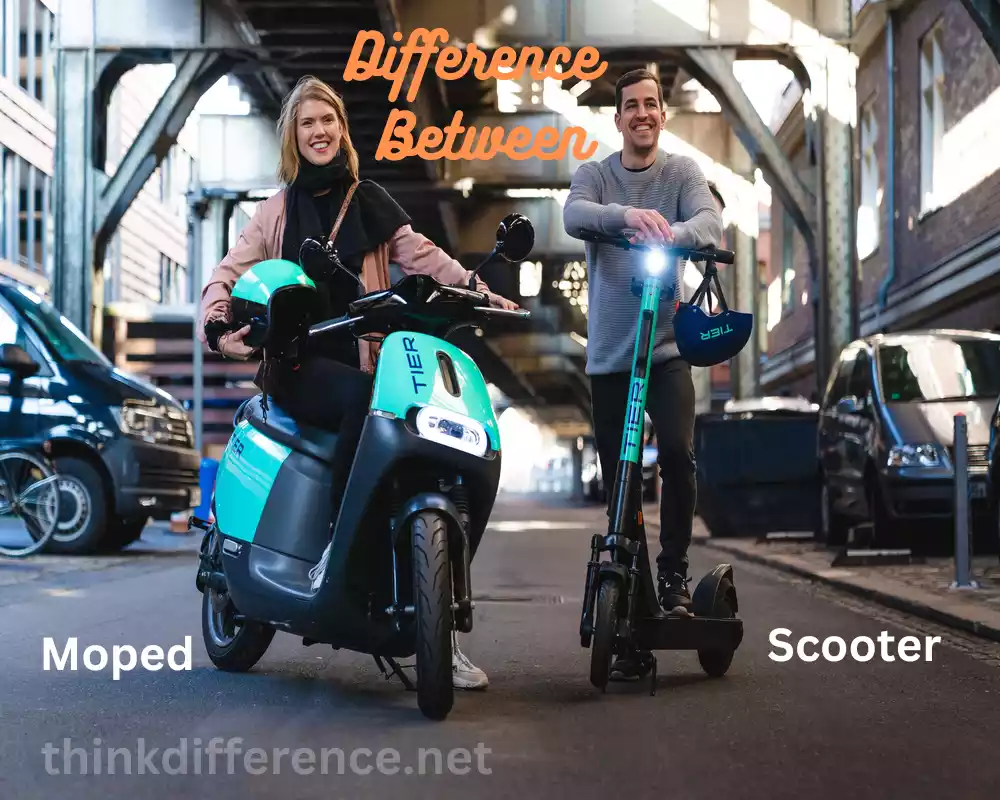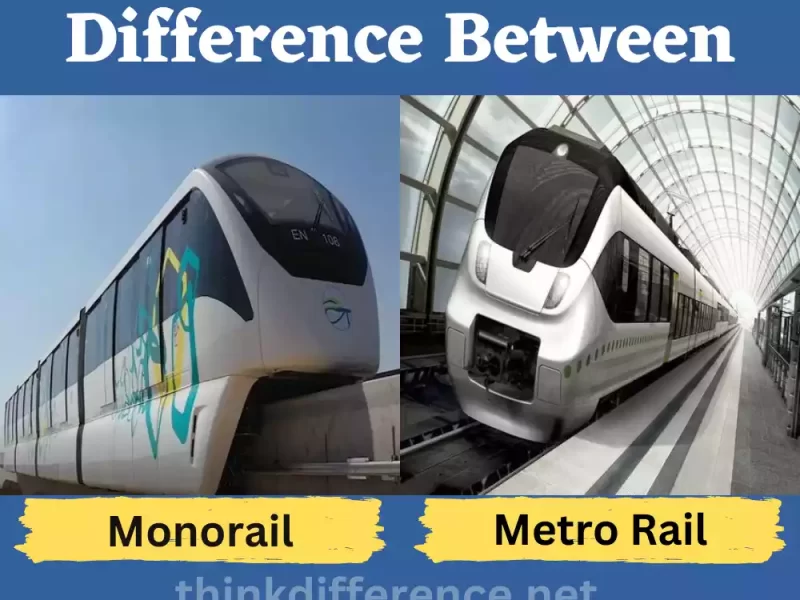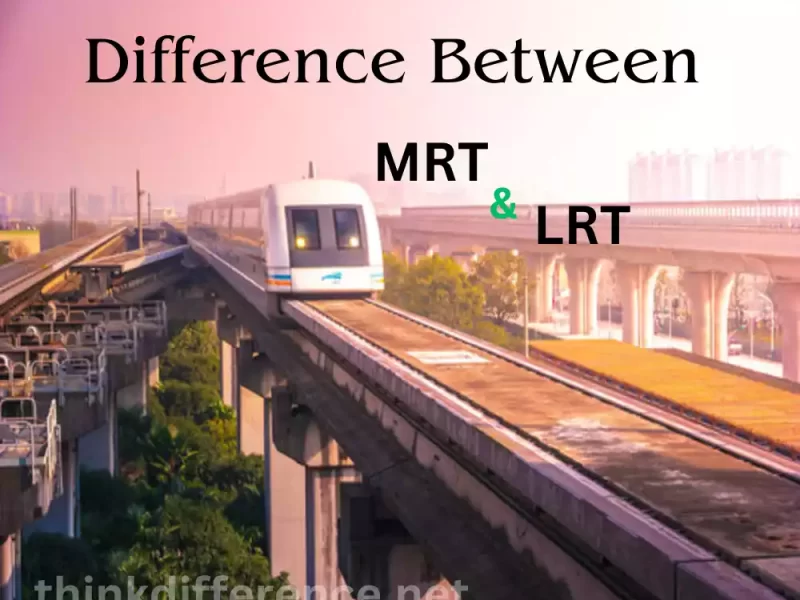A short history of Scooter and Moped below
Scooters and mopeds have an expansive history. Each model of scooter or moped has undergone its own distinct development process over time. Here is an introduction into their history and development:
History of Scooters:
- Early Developments: Modern scooters trace their heritage back to the 20th century. One such scooter, called an Autoped, which featured a small motor mounted to a kick scooter was first released into circulation in 1914 and powered by an gasoline engine with a small wheelbase; riders could either propel themselves using either their feet or use the motor as assist.
- Vespa: Vespa was launched by Piaggio – an Italian manufacturer – as one of its signature scooter models in 1946, becoming instantly famous and iconic worldwide. Corradino d’Ascanio designed Vespa became iconic worldwide due to its smooth design, simple operation, and affordable cost; Vespa scooters quickly become emblematic of Italian design while contributing significantly towards Europe’s post-World War II transport revolution.
- Modern Scooters: Scooters have undergone significant advancements over time in terms of design, engine technology and features. Their popularity was increased through automatic transmissions and improved suspension systems; Honda, Yamaha and Aprilia are three well-recognized manufacturers within this sector; each offers various models designed to cater for differing preferences and needs.
History of Mopeds:
- Pedal-Assisted Bike (MOPeds): Mopeds can be traced back to early 20th Century bicycle modifications when small auxiliary motors were added as add-ons, with pedals to assist manual propulsion and small engines providing additional power. These bikes were later popularly known as mopeds.
- Post-War Era: Mopeds became widely adopted after World War II as an economical mode of transport in Europe. Peugeot, Motobecane and Puch all produced mopeds featuring smaller engines (often 50cc or less) with pedal assist mechanisms; offering cost-efficient transportation in economies devastated by conflict.
- Licenses and legal definitions: Moped is an abbreviation for “motor – pedal,” first coined by American author Eugene Debs in 1898. Transportation authorities then established legal definitions and differentiated these vehicles from motorcycles by mandating permits or licenses as appropriate for operation.
- Moped Evolution and Variations: Mopeds have evolved throughout history, evolving in engine technology, features and design. Some mopeds feature fully automatic transmissions while others utilise manual gearboxes with clutch. Electric mopeds offer riders a sustainable option.
Scooters and mopeds are popular forms of transport that offer convenient and cost-effective means of travel. Over the years they’ve evolved to meet changing needs, technological advances and environmental concerns; and are still an attractive form of global transportation with many models to meet individual preferences and meet needs around the globe.
Definition of Scooter
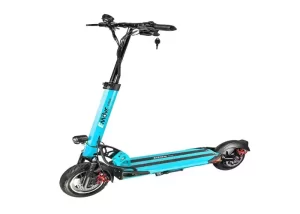
Scooters are two-wheeled vehicles featuring an upright frame with step through design that includes an underseat platform for placing one’s feet. Common engines range between 50cc-800cc while electric scooters with various output capacities may also be popular choices. Scooters feature compact designs with lightweight construction.
Scooters are lightweight vehicles designed for ease of maneuverability, typically equipped with automatic transmissions that use twist-grip throttles to accelerate. Riders often appreciate scooters’ step through design that makes mounting/dismounting simple while their smaller wheels make them agiler to use than motorcycles. Their widespread usage for urban commutes as well as recreation purposes.
Definition of Moped
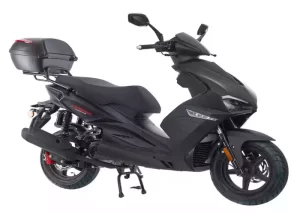
Mopeds are small motorized vehicles that lie somewhere in-between bicycles and motorcycles in terms of size, power and functionality. Their engines typically range between 50cc to 125cc; some models may feature larger engines. Mopeds are designed to be light and easy to operate, with lightweight frames similar to scooters that make riding it straightforward and enjoyable. Most mopeds also include pedals to allow riders to assist the engine when necessary or manually propel their vehicle, though some modern versions might do without these pedals altogether.
Mopeds feature automatic transmissions for ease of use by riders of all experience levels, with fuel efficiency and affordability making them popular choices for short distance travel and commutes. Mopeds may also be subject to certain legal classifications or regulations such as licensing requirements and speed restrictions that vary by jurisdiction.
Design
Mopeds and scooters differ significantly when it comes to design. Mopeds feature body structures with different seating arrangements; handlebar positions vary; there may also be size/weight differences that must be taken into consideration. Here are the key distinctions:
Body Structure and Appearance:
- Scooters: Scooters feature sleek designs with modern aesthetics. A step-through frame makes riding easier for riders while sitting forward; full body fairings also help provide aerodynamic benefits while protecting mechanical components from being exposed.
- Mopeds: Mopeds resemble bicycles but with an engine. Their frames may resemble either motorcycle frames or step through frames and they often lack fairings or coverings as opposed to scooters which tend to provide more coverage or fairings for their rider.
Handlebar and Seating Position:
- Scooters: Scooters feature upright and wide handlebars designed to facilitate relaxed riding posture, where riders place their feet on flat platforms or footrests with legs bent at 90 degree angles – some scooters even include backrests for added comfort!
- Mopeds: Mopeds feature narrower handlebars than motorcycles or bicycles and seating tends to lean more forward-leaning. Rider foot rests are located slightly ahead of their respective seats.
Size and Weight Variations:
- Scooters: Scooters come in all sorts of sizes – from compact models for indoor use and compact road scooters, up to larger maxi scooters – with maneuverability and storage being two key considerations when purchasing one. Furthermore, their lighter construction makes scooting easier to manoeuvre than motorcycles or mopeds.
- Mopeds: Mopeds are typically smaller and lighter than scooters. Mopeds offer portability and ease-of-use features to make them convenient in urban settings; compact storage makes mopeds simpler for daily commuting needs.
Some models straddle the line between scooters and mopeds, utilizing various design elements from each to meet specific market needs and rider preferences.
Engine Specifications
Scooters and mopeds offer different engine specifications in terms of power, fuel type and efficiency; speed and acceleration also vary between these vehicles. Here are the main engine differences between them:
Engine Capacity and Power Output:
- Scooters: Scooters feature engines ranging in size from 50cc (cubic millimeters) in smaller models up to 800cc or greater for stronger scooters; power output ranges between several horsepower to 100 horsepower in high performance models.
- Mopeds: Mopeds are smaller alternatives to scooters and typically contain engines between 50cc and 125cc in displacement. Moped engines tend to generate lower power – between 2-10 horsepower – than their scooter counterparts; more fuel economy and cost effectiveness come into play here rather than raw power output.
Fuel Type and Efficiency:
- Scooters: Scooters run on different fuel sources such as gasoline, diesel or electricity. Gasoline scooters tend to offer the ideal balance of power and economy while remaining more fuel-efficient than larger cars or motorcycles.
- Mopeds: Mopeds use gasoline for fuel. Their engines have been specially constructed to offer excellent mileage. In terms of cost efficiency, mopeds offer small engines and lower power output that offer excellent mileage efficiency; making them great choices when traveling short distances.
Speed and Acceleration Capabilities:
- Scooters: Scooters are faster and more powerful than mopeds. Scooters with larger engines typically can reach top speeds between 60mph-160km/h for high performance scooters. Scooters are also known for their faster acceleration which enables them to perform additional maneuvers such as taking off, overtaking etc.
- Mopeds: Mopeds tend to be slower than scooters due to their smaller engines and speed limitations set forth by local laws; typically between 25 mph and 45 mph can reach their top speed range; although urban commutes and short distances often make moped riding ideal rather than high-speed riding.
Engine specifications depend heavily upon make and model of bike, with different manufacturers providing numerous choices – so riders should select according to desired performance, fuel economy and intended use.
Licensing and Legal Requirements
Licensing and legal requirements of scooters and mopeds vary by country or area, however here are a few general points you should keep in mind regarding scooter and moped licensing and legalities:
Licensing Requirements for Scooters:
- Engine Capacity: In many jurisdictions, scooters with smaller engine capacities such as 50cc are classified as low powered motorcycles or “scooter/moped classes”. Some require special licenses known as a “scooter licence” or “moped permit”, with age restrictions applied accordingly.
- Driver’s License: Scooter licensing requirements tend to depend on engine size; depending on where they’re operated, regular car driver’s licences (such as for cars ) may suffice with larger engines typically needing either motorcycle endorsements or licenses in some areas.
- Age Restrictions: Scooters often impose minimum age requirements of 16-18 years old in order to legally ride them. Without such documentation or license or permit in hand, riding may become unlawful and unsafe.
Licensing Requirements for Mopeds:
- Engine Capacity: Mopeds with smaller engines under 50cc require special license requirements to operate legally in certain jurisdictions, while others combine these vehicles together under general categories for licensing. In some areas they may even fall under their own category for licensing while in others they might fall into different groups alongside scooters and mopeds.
- Driver’s License: Moped licensing requirements differ by region; in certain instances a typical car driver’s licence (such as that needed for operating mopeds) will suffice. Other times an additional permit or special permission may be needed for larger mopeds that meet specific criteria or exceed specific thresholds.
- Age Restrictions: Like scooters, mopeds may have age limits set forth by certain jurisdictions.
Legal Restrictions and Regulations:
- Speed Limits: Speed Limits for Scooters and Mopeds in Different Jurisdictions. Each jurisdiction’s laws establishes specific speed restrictions that limit how fast these vehicles may go. Local regulations often dictate their maximum allowable speeds.
- Safety and Equipment Requirements: Both scooters and mopeds must satisfy certain safety and equipment regulations, such as having functional lights, reflectors and horns; helmets or other protective gear may also be mandated in certain regions.
- Insurance and Registration: Similar to cars or motorcycles, certain jurisdictions mandate that scooters and mopeds be insured and registered to ensure legal compliance, identification of ownership as well as coverage in case of accidents or theft.
Before riding or scootering in any jurisdiction, check its laws and regulations first. Local governments or motor vehicle departments will provide accurate information regarding licensing or legal requirements that pertain to using one.
Usage and Purpose
Scooters and mopeds serve a range of different functions and capabilities, with various individuals using these vehicles for specific tasks or purposes. Here are a few considerations you should keep in mind when using mopeds or scooters:
Typical Use Cases for Scooters:
- Urban Commuting: Scooters have quickly become an attractive urban commute option due to their compactness, maneuverability and parking ease. Scooters allow riders to navigate efficiently through congested streets and traffic congestion for faster travel times and offer convenient transport solutions that save both time and hassle.
- Short-Distance Travel: Scooters can be an efficient means of short distance transportation, ideal for running errands or visiting local shops, as well as being great commuting options within an urban neighborhood. Their fuel-efficiency makes these short journeys cost-effective as well.
- Recreational Riding: Scooters can also be used recreationally, providing an enjoyable riding experience and scenic tours along scenic routes or leisurely drives. Their comfortable design provides relaxed riders a relaxing riding experience.
Typical Use Cases for Mopeds:
- Local Transportation: Mopeds are commonly used for local transportation within small and medium sized areas. Mopeds’ fuel-efficiency makes them the perfect way to travel short to medium distances quickly and cost effectively.
- Pedal assistance: Many mopeds offer pedal assistance that enables their rider to manually steer the vehicle when required for situations like climbing hills or conserving gas. This feature can prove valuable during times when extra effort needs to be exerted when making travel decisions, like saving gas.
- Mopeds offer cost-effective mobility: Popular among many due to their lower operating costs and affordability, mopeds provide an alternative transportation method suitable for tight budgets or those wanting to avoid cars or public transport altogether.
Variations in Practicality and Functionality:
- Storage Capacity: Scooters offer more storage capacity than mopeds due to features like under-seat compartments and additional accessories that increase their capacity, such as under-seat bins. Scooters are an excellent way to transport smaller items or personal possessions such as groceries.
- Passenger Capacity: Scooters typically feature larger seats and backrests that make for more comfortable riding experiences; mopeds typically provide smaller seating areas with limited passenger capacities.
- Terrain and Road Conditions: Scooters with their larger wheels and more substantial construction are better equipped to tackle uneven roads or terrain conditions while mopeds tend to perform best in urban settings due to their lighter construction and smaller wheels, making them suitable for urban environments or well-paved roads.
Scooters and mopeds serve different functions depending on an individual’s preferences, local infrastructure and transportation needs. When making their selection, riders should carefully consider distance, terrain and passenger capacity when making an informed decision between either mopeds or scooters.
Cost and Maintenance
Cost and maintenance should always be the top priorities when choosing between mopeds and scooters, with here are key details about each vehicle regarding both these aspects:
Initial Purchase Cost:
- Scooters: When purchasing a scooter, price considerations include brand, model and engine capacity as well as features, quality and type. Scooters may be affordable or costly depending on factors like model engine capacity features brand.
- Mopeds: Mopeds tend to be cheaper than scooters and provide cost-effective and budget-conscious users with affordable alternatives that meet all their requirements. Prices will depend on brand, specifications and any extra features included with each moped model.
Maintenance and Repair Costs:
- Scooters: Scooters are mechanically complex than mopeds, leading to higher maintenance and repair expenses than mopeds. Regular oil changes, brake inspections and tire rotations should all be part of regular maintenance – adhere to manufacturer schedule for service when needed for optimal performance and get professional assistance when necessary.
- Mopeds: Mopeds offer lower repair and maintenance costs due to their simpler mechanical designs, with regular spark plug checks and air filter changes being common maintenance tasks. Repairs and replacements tend to be more affordable due to having simpler engines with cheaper parts.
Fuel and Insurance Expenses:
- Fuel Efficiency: Mopeds and scooters both boast impressive fuel efficiencies. Mopeds may boast larger engines which could result in higher mileage per gallon; consequently, scooters might provide lower costs of ownership.
- Insurance: Insurance costs depend upon several variables such as location, rider age and driving history as well as vehicle specifics. On average, insuring a moped tends to be cheaper than that for scooters due to lower power output and faster speeds of mopeds.
Maintenance costs vary significantly based on several variables, including make and model of scooter or moped; labor rates in your location; availability of spare parts. Regular service, responsible driving practices and timely repairs can significantly lower long-term expenses and extend scooter/moped lifespans.
As they assess the total costs associated with owning and operating their scooter or moped, riders should factor in fuel expenses, insurance premiums and possible depreciation as part of their calculations.
Popularity and Trends
Recently, Scooters and Mopeds have seen dramatic fluctuations in terms of both popularity and trends, becoming more mainstream and creating exciting new fashion trends.
Rising Popularity of Scooters:
- Urban Mobility Solution: Scooters have quickly become an efficient and practical means of urban transportation due to their compact size, easy maneuverability and parking convenience.
- Commuting and Micro-Mobility: Scooters have quickly become an invaluable means of micromobility and short distance commuter services in countless cities worldwide. Many also feature scooter-sharing programs which permit users to rent these devices on short term rental contracts.
- Electric Scooters: Electric scooters have quickly gained in popularity thanks to their eco-friendliness. Operating quietly and needing minimal maintenance costs, electric scooters offer an environmentally-friendly alternative to gasoline powered models.
Resurgence of Mopeds:
- Cost-Effective Transport: Mopeds have gained new interest for their cost-efficiency as a form of transport, especially given rising gas prices and an emphasis on affordability. They’re quickly becoming popular alternatives to motorcycles and cars due to this quality.
- Features for commuters: Mopeds have been engineered with commuters in mind, providing features such as storage compartments and USB ports as well as increased fuel efficiency to make riding easy and practical for everyday commuting needs. This kind of innovation caters directly to riders searching for convenient yet practical transport on the daily grind.
- Vintage and Retro Appeal: Classic mopeds have timeless appeal for riders who value vintage aesthetics and nostalgia alike.
Technological Advancements:
- Smart and Connectivity Features: Mopeds and scooters both boast smart technology features for connectivity such as GPS navigation, smartphone compatibility, digital instrument clusters and Bluetooth support.
- Electric Powertrains: Electric scooters and mopeds have long been seen as an increasing market trend due to their quiet operation, reduced pollution emissions, lower costs associated with fueling/maintaining them and maintenance expenses, longer range capabilities as well as higher power output capabilities being major drawcards in sales trends.
- Safety Innovations: Manufacturers have recently begun including advanced safety features into scooters and mopeds, such as anti-lock brake systems (ABS), enhanced lighting systems and traction control. These innovations aim to improve rider safety as well as make vehicles more appealing to safety-oriented buyers.
Customization and Personalization:
- Customization Options: Scooter and moped owners increasingly opt to customize their vehicles in order to express their personal style through personalizing it with aftermarket parts and accessories, including customized paint schemes, seats with unique seating arrangements and performance upgrades.
- Community and Events: Scooter and moped events have grown increasingly popular over time, offering enthusiasts a chance to show off their customized bikes while sharing experiences and connecting with like-minded individuals. Rallies and gatherings allow enthusiasts the opportunity to show their bikes off while meeting like-minded individuals who share similar interests.
Be mindful that trends and popularity vary between regions and markets, depending on cultural norms, infrastructure requirements, government regulations and environmental concerns that influence scooter or motorbike popularity in certain locations.
The Comparison table of Scooter and Moped
This table illustrates the distinctions between Mopeds and Scooters:
| Scooter | Moped | |
|---|---|---|
| Design | Step-through design with a flat footboard area | Bicycle-like frame with a crossbar |
| Engine Size | Wide range of engine sizes, typically from 50cc to 800cc+ | Smaller engine size, typically around 50cc |
| Licensing Requirements | Varies depending on engine size and speed, may require specific license or endorsement | Varies by jurisdiction, may require a regular driver’s license or specific moped license |
| Speed and Performance | Higher top speeds and better acceleration capabilities | Designed for lower speeds, usually between 25 to 45 mph (40 to 70 km/h) |
| Usage | Urban commuting, short-distance travel, and recreational riding | Local transportation within a smaller area or community |
| Features | Larger frame, body panels, and storage compartments | Minimalistic design with limited storage options |
| Passenger Capacity | Can accommodate a passenger, some models have dedicated seating for two | Primarily designed for a single rider, some models can accommodate a passenger |
| Fuel Efficiency | Varies depending on engine size and model | Generally designed for efficient fuel consumption |
| Cost | Often higher initial purchase cost and maintenance expenses | Generally more affordable and cost-effective option |
| Top Speed | Capable of higher speeds, some models can reach highway speeds | Limited top speed, generally designed for city and suburban use |
Similarities of Scooter and Moped
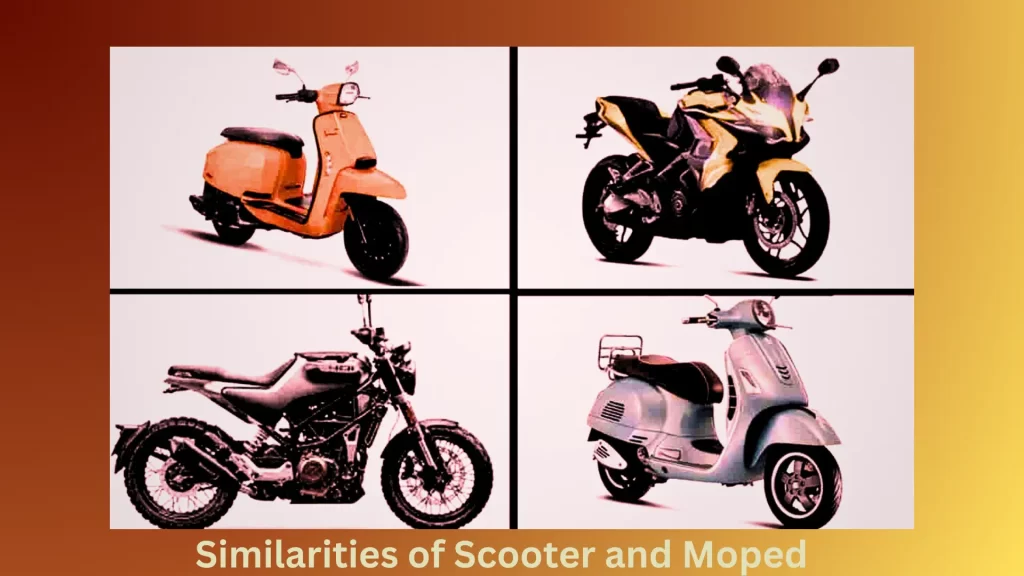
Scooters share many similarities with mopeds, although each have distinct features and functions. Below are a few key similarities between them.
- Two-Wheeled Motorized Vehicles: Mopeds and scooters are motorized two-wheeled vehicles designed specifically to transport individuals on personal trips. Both feature step-through framework that enables riders to sit on a seat with footrests for comforting support while traveling along.
- Fuel Efficiency: Scooters are widely acknowledged to be more fuel efficient than larger vehicles such as cars or motorcycles, thanks to their smaller engines and lighter designs, offering more miles per gallon efficiency than comparable counterparts like cars or motorcycles.
- Compact Size: Mopeds and scooters are compact vehicles designed for urban areas with tight parking situations; perfect for maneuvering through traffic easily and through urban congestion.
- Low-Cost Transportation: Mopeds and scooters have quickly become an attractive means of low-cost transport due to their affordability. Mopeds and scooters tend to be significantly more cost effective to purchase and maintain than cars or motorcycles, making them viable transportation alternatives for many individuals.
- Ease of Use: Scooters and mopeds can be operated easily even for riders without much riding experience, thanks to automatic transmissions which eliminate manual shifting requirements. Their simplicity makes these modes of transport especially appealing among beginners or people seeking convenient transportation solutions.
- Scooters and Mopeds as Alternatives to Cars: Scooters and mopeds have become popular alternatives to cars for short distance transportation purposes, reducing congestion, parking issues, environmental impact and becoming convenient and practical solutions in urban environments. They represent an affordable transportation alternative perfect for city residents.
- Electric Moped and Scooter Models: Both mopeds and scooters can now be found with electric engines to offer environmentally friendly transportation options that offer reduced emissions, maintenance needs and fuel savings.
Mopeds and scooters share many similarities that make them both appealing as environmentally-friendly, efficient, cost-effective modes of transport. Scooters and mopeds come equipped with features to meet individual preferences as well as comply with laws and regulations in effect.
Conclusion
Both Scooters and Mopeds offer unique advantages depending on your specific needs and preferences. If you prioritize speed, highway riding, and additional storage, a scooter might be the best fit. On the other hand, if you prefer eco-friendliness, lower speed, and easy maneuverability, a moped could be the ideal option for you.
Remember to consider factors such as licensing requirements, fuel efficiency, comfort, and cost when making your decision. Always test ride the models you’re interested in to get a feel for their performance before making your purchase.

